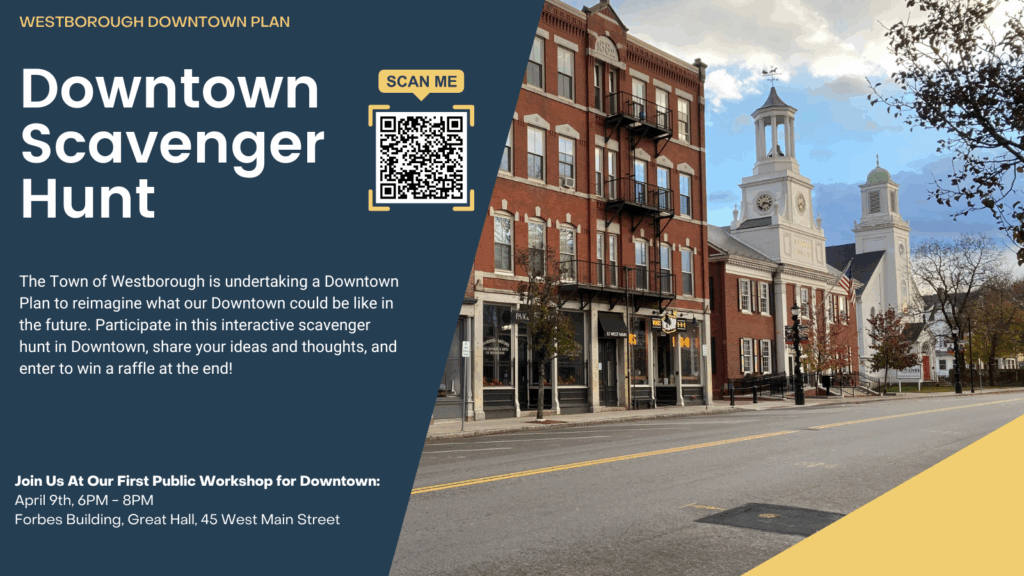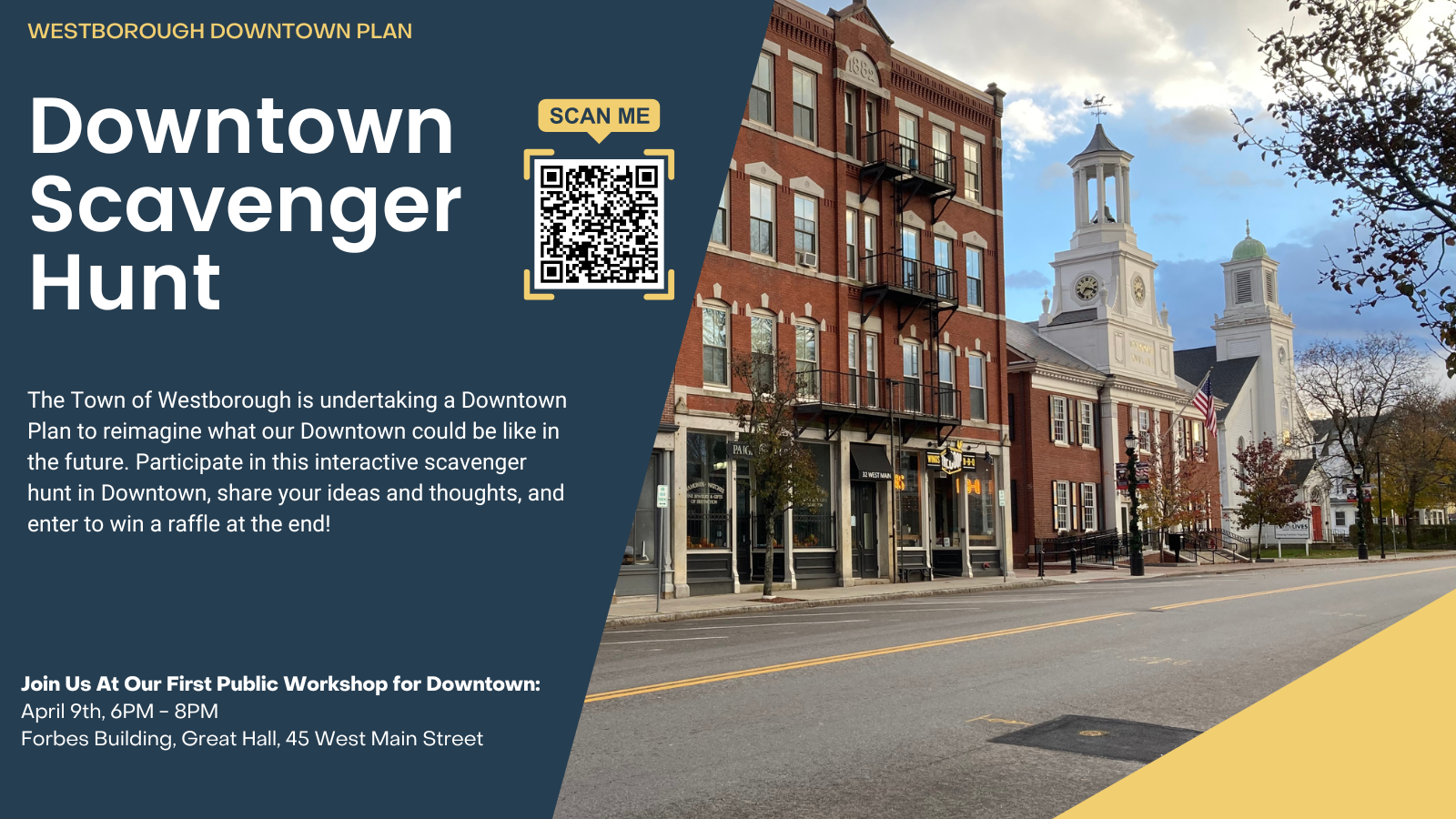
How to Plan a Scavenger Hunt: A Comprehensive Guide
Planning a scavenger hunt can seem daunting, but with careful planning and a bit of creativity, you can create an engaging and memorable experience for participants of all ages. Whether you’re organizing a corporate team-building event, a birthday party, or just a fun weekend activity, a well-executed scavenger hunt can be incredibly rewarding. This guide will walk you through every step of the process, from brainstorming ideas to setting the rules and ensuring everyone has a fantastic time. Let’s dive into the art of how to plan a scavenger hunt that everyone will remember.
Brainstorming and Theme Selection
The first step in learning how to plan a scavenger hunt is brainstorming. Consider the participants: Who are they? What are their interests? What is their age range? Tailoring the scavenger hunt to your audience will significantly increase its appeal. Think about incorporating a theme to add an extra layer of fun and engagement. Here are a few theme ideas:
- **Historical Adventure:** Clues related to local history or a specific historical period.
- **Pop Culture:** Focused on movies, music, or books.
- **Nature Quest:** Centered around identifying plants, animals, or landmarks in a park or natural area.
- **Mystery Challenge:** A narrative-driven hunt with a fictional mystery to solve.
- **Holiday-Themed:** Tailored to specific holidays like Halloween, Christmas, or Easter.
Once you’ve chosen a theme, brainstorm potential clues and challenges that fit the theme. Think about locations, riddles, and tasks that will keep participants entertained and engaged.
Defining the Scope and Location
Next, define the scope and location of your scavenger hunt. Will it be confined to a single building, a park, a neighborhood, or an entire city? The location will heavily influence the types of clues and challenges you can incorporate. Consider the following factors:
- **Accessibility:** Ensure the location is easily accessible for all participants, including those with mobility issues.
- **Safety:** Prioritize safety by avoiding hazardous areas and clearly marking boundaries.
- **Permits:** Check if any permits are required for hosting a scavenger hunt in a public space.
- **Resources:** Consider the availability of restrooms, water fountains, and other necessary resources.
Once you’ve chosen a location, walk through it to identify potential clue locations and challenges. Take notes and photos to help you visualize the scavenger hunt route. Planning a scavenger hunt requires detailed reconnaissance.
Crafting Engaging Clues
The heart of any scavenger hunt is the clues. Clues should be challenging but not impossible to solve. Aim for a mix of different types of clues to keep participants engaged. Here are some ideas:
- **Riddles:** Classic riddles that require critical thinking.
- **Puzzles:** Jigsaw puzzles, crossword puzzles, or logic puzzles.
- **Photo Challenges:** Participants must take a photo of a specific object or location.
- **Code Breaking:** Use ciphers or codes to hide messages.
- **Trivia Questions:** Questions related to the theme or location.
- **Physical Challenges:** Tasks that require physical activity, such as running, jumping, or solving a physical puzzle.
- **Observation Challenges:** Clues based on observing details in the environment.
When writing clues, be clear and concise. Avoid ambiguity that could lead to confusion. Test each clue to ensure it leads participants to the correct location. Remember, the goal is to make the scavenger hunt fun and engaging, not frustrating.
Example Clues:
Here are a few example clues based on different themes:
- **Historical Adventure:** “I stand tall in the town square, commemorating a leader of yore. Find the statue and look beneath for more.”
- **Pop Culture:** “In this famous coffee shop, friends always meet, look for the logo, a green mermaid’s treat.”
- **Nature Quest:** “Find the tallest tree in the park, its leaves are shaped like a star. What kind of tree is it?”
When you plan a scavenger hunt, ensure clues are age-appropriate and aligned with the skill level of the participants.
Setting the Rules and Guidelines
Before the scavenger hunt begins, it’s crucial to set clear rules and guidelines. This will help ensure fair play and prevent confusion. Consider the following:
- **Team Size:** Determine the ideal team size based on the complexity of the scavenger hunt and the number of participants.
- **Time Limit:** Set a time limit for completing the scavenger hunt. This adds a sense of urgency and excitement.
- **Permitted Tools:** Specify which tools or resources participants are allowed to use (e.g., smartphones, maps, GPS devices).
- **Boundaries:** Clearly define the boundaries of the scavenger hunt area.
- **Safety Rules:** Emphasize safety rules, such as staying in designated areas and obeying traffic laws.
- **Communication:** Establish a communication channel for participants to ask questions or report issues during the scavenger hunt.
- **Penalties:** Define any penalties for breaking the rules (e.g., time deductions, disqualification).
Communicate these rules clearly to all participants before the start of the scavenger hunt. Providing a written copy of the rules can be helpful.
Preparing the Materials
Once you’ve crafted the clues and set the rules, it’s time to prepare the materials. This may include:
- **Clue Cards:** Print or write out the clues on individual cards.
- **Maps:** Provide maps of the scavenger hunt area, if necessary.
- **Answer Sheets:** Create answer sheets for participants to record their answers.
- **Prizes:** Prepare prizes for the winning team and possibly smaller prizes for participation.
- **First Aid Kit:** Keep a first aid kit on hand for minor injuries.
- **Communication Devices:** Ensure you have a way to communicate with participants during the scavenger hunt.
- **Pens/Pencils:** Provide pens or pencils for participants to record their answers.
Organize these materials in advance to ensure a smooth and efficient scavenger hunt. When you plan a scavenger hunt, preparation is key to success.
Running the Scavenger Hunt
On the day of the scavenger hunt, arrive early to set up and ensure everything is in place. Welcome participants, explain the rules, and answer any questions. Here are some tips for running a successful scavenger hunt:
- **Start on Time:** Begin the scavenger hunt promptly at the scheduled time.
- **Monitor Progress:** Keep track of the teams’ progress to ensure they are on the right track.
- **Provide Assistance:** Be available to answer questions and provide assistance if needed.
- **Enforce the Rules:** Enforce the rules fairly and consistently.
- **Keep it Fun:** Encourage participants to have fun and enjoy the experience.
During the scavenger hunt, take photos and videos to capture the memories. This will provide participants with lasting reminders of the event. Remember that how to plan a scavenger hunt also includes how to manage it during the execution.
Determining the Winner and Awarding Prizes
Once the time limit has expired, collect the answer sheets and determine the winner. The winning team is typically the one that has correctly solved the most clues in the shortest amount of time. Award prizes to the winning team and consider giving out smaller prizes for participation. This helps to create a positive and rewarding experience for everyone involved.
Post-Scavenger Hunt Feedback
After the scavenger hunt, gather feedback from participants to improve future events. Ask them what they enjoyed, what they found challenging, and what they would like to see changed. This feedback can be invaluable for refining your scavenger hunt planning skills.
Variations and Adaptations
There are many variations and adaptations you can incorporate into your scavenger hunt to make it even more engaging. Here are a few ideas:
- **Geocaching:** Use GPS coordinates to guide participants to hidden locations.
- **QR Code Scavenger Hunt:** Hide QR codes that participants scan to reveal clues.
- **Virtual Scavenger Hunt:** Host a scavenger hunt online using virtual platforms and digital clues.
- **Photo Scavenger Hunt:** Focus entirely on photo challenges, where participants must take specific photos to earn points.
- **Themed Scavenger Hunt:** As mentioned earlier, incorporating a theme can add an extra layer of fun and engagement.
By adapting the scavenger hunt to your specific needs and preferences, you can create a truly unique and memorable experience. The possibilities are endless when you plan a scavenger hunt. [See also: Team Building Activities]
Conclusion
Planning a scavenger hunt requires careful consideration and attention to detail. By following these steps, you can create an engaging and memorable experience for participants of all ages. Remember to brainstorm ideas, define the scope, craft engaging clues, set clear rules, prepare the materials, run the scavenger hunt effectively, and gather feedback for future improvements. With a bit of creativity and effort, you can master the art of how to plan a scavenger hunt that everyone will enjoy. So, get started today and unleash your inner event planner! Learning how to plan a scavenger hunt is a valuable skill, and the joy it brings to others is well worth the effort. The next time you need a fun and engaging activity, remember that a well-planned scavenger hunt can be the perfect solution. A good plan a scavenger hunt can be applied to birthday parties, corporate events, or even a casual weekend activity. It’s time to plan a scavenger hunt!

